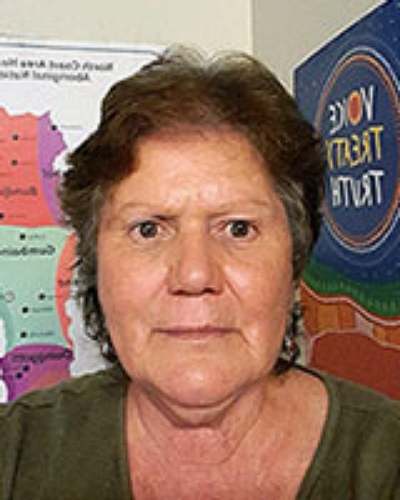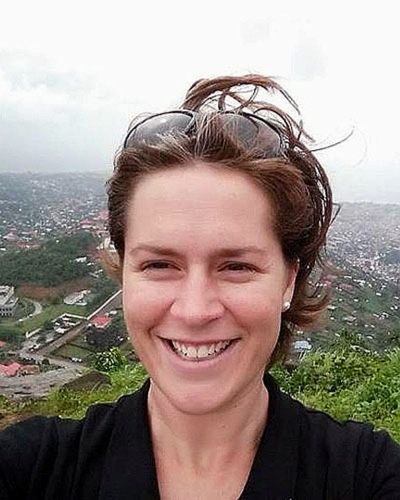Now published, see the full article 
Early Abstract:
Objective: In Lismore, NSW 175 children were overdue for scheduled vaccinations, with 11% being Aboriginal (2018). This study aimed to gain a deeper understanding of the reasons for low coverage.
Methods: Parents and service providers were invited to interviews and focus groups. Open ended questions were asked about immunisation barriers and enablers and what strategies may be effective in improving coverage in Lismore.
Results: We interviewed 35 participants. Six themes were developed; i) Childhood immunisation in Lismore is limited by access barriers to health services, ii) Some families may need additional support to access immunisation services, iii) Health services need to ensure that Aboriginal families feel safe and comfortable when accessing their service, iv) Parents valued reminders and recalls to keep their children’s immunisations up to date, v) Parent’s views influence their decisions to immunise their children, vi) Reliable information about immunisation needs to be available in ways that are meaningful and appropriate for parents.
Conclusion: Access barriers and vaccine hesitancy were contributing to children falling behind in their scheduled immunisations in Lismore. More flexible health services, culturally safe and appropriate care and more practical support can help overcome structural barriers to health services. Tailored health messages for both Aboriginal and non-Aboriginal parents can assist parents in making wise vaccination choices.
Implications for public health: More consistent analysis and reporting of routinely available data can identify pockets of low coverage. Publicly funded health services and ACCHS are well placed to provide flexible immunisation services for those families who may struggle with access barriers.





